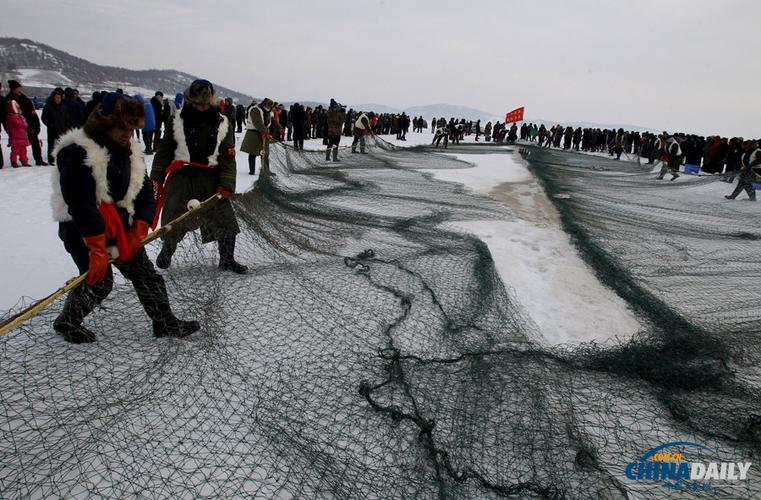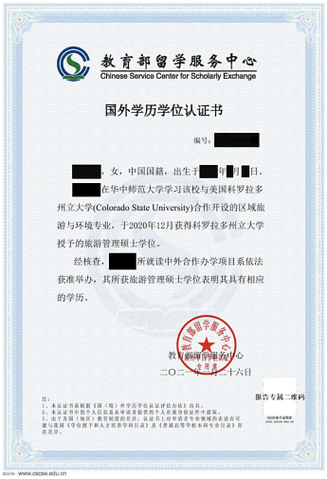石头门水库移民规划图
Title: Relocating Communities Affected by Stonegate Reservoir Development
Introduction
The relocation of communities due to the development of the Stonegate Reservoir involves multifaceted considerations spanning social, economic, and environmental domains. This endeavor necessitates meticulous planning, comprehensive stakeholder engagement, and robust infrastructural provisions to ensure the seamless transition and wellbeing of affected residents. Let's delve into the key aspects and strategies involved in the relocation process.
Understanding the Context
The construction of the Stonegate Reservoir marks a significant infrastructure project aimed at water resource management, flood control, and hydroelectric power generation. However, such endeavors often entail the displacement of communities residing in the project's vicinity, necessitating careful attention to their needs and rights.
Community Engagement and Empowerment
Central to the relocation process is the active involvement of affected communities. Establishing transparent channels of communication, conducting regular consultations, and soliciting feedback empower residents to voice concerns, express preferences, and actively participate in decisionmaking processes. Community engagement fosters a sense of ownership and ensures that the relocation plan aligns with the aspirations and priorities of those impacted.
Social Support and Welfare
Relocating communities entails addressing various social challenges, including preserving community cohesion, safeguarding cultural heritage, and mitigating psychosocial stressors. To this end, comprehensive social support programs should be instituted, encompassing counseling services, vocational training, access to healthcare facilities, and cultural preservation initiatives. Additionally, fostering a supportive social environment through communitybuilding activities and collective decisionmaking mechanisms fosters resilience and facilitates the adaptation to new surroundings.
Economic Rehabilitation and Livelihood Opportunities
Displacement often disrupts livelihoods and economic activities, necessitating proactive measures to facilitate economic rehabilitation and sustainable livelihood opportunities. Economic empowerment programs, including skill development initiatives, entrepreneurship support, and access to microfinance, enable displaced individuals to rebuild their livelihoods and achieve financial stability. Furthermore, fostering partnerships with private enterprises and promoting the development of local industries can catalyze economic growth and enhance the resilience of relocated communities.
Infrastructure Development and Service Provision
Ensuring adequate infrastructure and service provision in relocation areas is imperative for meeting the basic needs and enhancing the quality of life of displaced residents. This encompasses the development of housing units equipped with essential amenities, such as water supply, electricity, sanitation facilities, and transportation infrastructure. Additionally, establishing educational institutions, healthcare centers, markets, and recreational facilities fosters a conducive living environment and promotes community wellbeing.
Environmental Conservation and Sustainability
The relocation process presents an opportunity to integrate environmental conservation measures and promote sustainable development practices. Reclaimed lands can be rehabilitated to restore ecosystems, enhance biodiversity, and mitigate environmental degradation. Moreover, incorporating green infrastructure, such as renewable energy systems, green spaces, and water management initiatives, contributes to ecological resilience and enhances the overall sustainability of resettlement areas.

Conclusion
The relocation of communities affected by the Stonegate Reservoir development necessitates a holistic approach that prioritizes community participation, social welfare, economic empowerment, infrastructure development, and environmental sustainability. By embracing these principles and implementing inclusive policies and programs, authorities can facilitate a smooth transition for displaced residents, uphold their rights and dignity, and foster resilient and thriving communities in the new settlement areas.
References
[Include any references or citations used in the creation of this document.]









